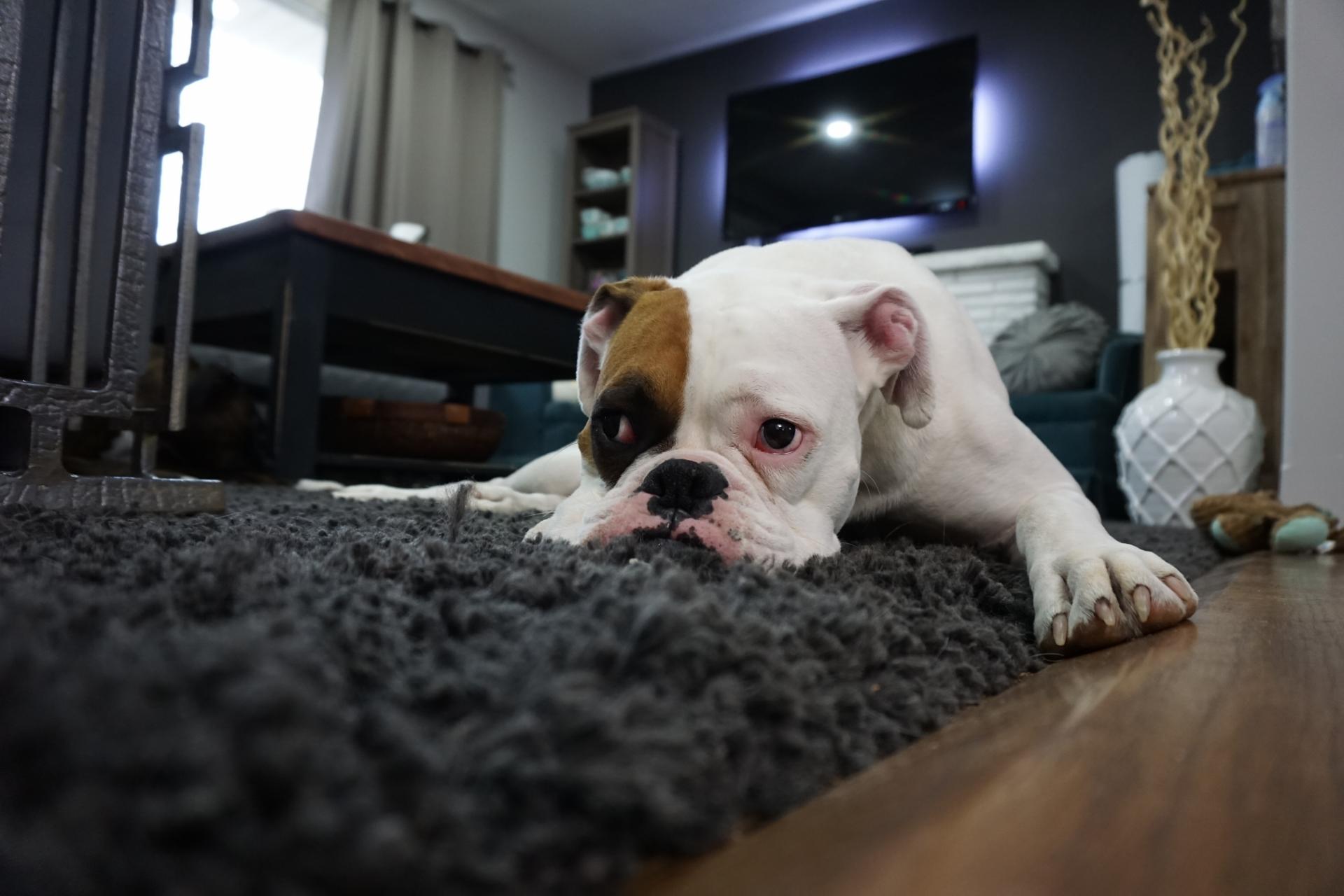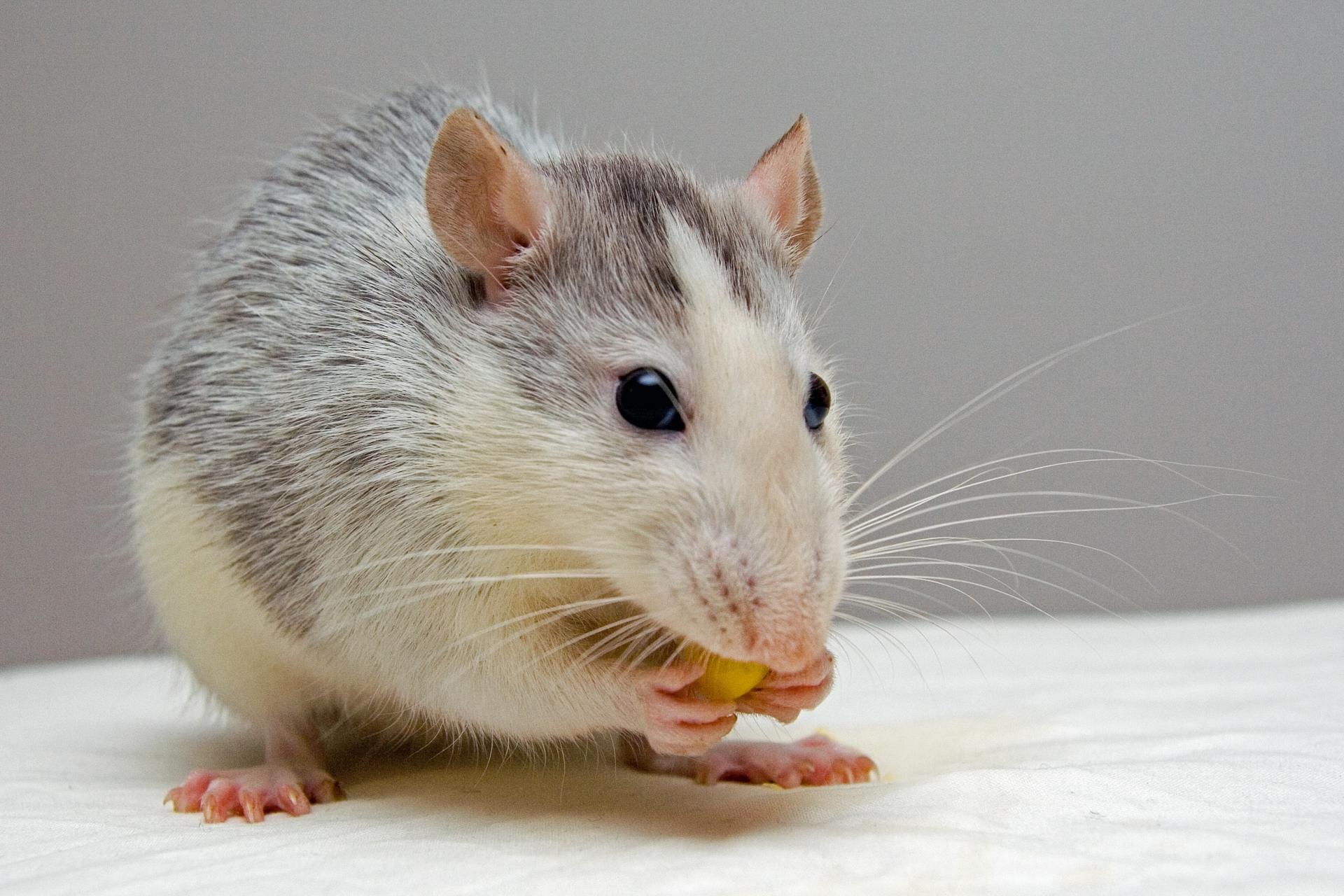Your Dog Might Be Able To Tell Time, According To Science

Pexels/Simon Robben
There’s a clear explanation for why your pup is always waiting for you by the front door at the exact time you get home from work each day — he might be able to tell time, according to a new study.
Researchers from Northwestern University discovered a previously unknown set of neurons in animals’ brains that turn on like a clock when animals are waiting. This is one of the clearest pieces of evidence yet that has experts believing that animals do, in fact, have the ability to judge time and time intervals. In other words, there’s a science-backed reason why your pup gets anxious when you miss his typical dinner time — he knows that he’s due for a meal!

Pixabay
For the study, which was published in the journal Nature Neuroscience, researchers examined the medial entorhinal cortex of mice, an area located in the brain’s temporal lobe that’s associated with memory and navigation. Since this part of the brain encodes spatial information in episodic memories (or memories that humans and animals have that are associated with a particular place, space and time), lead study author Daniel Dombeck hypothesized that this area of the brain in animals could also be responsible for encoding (or deciphering) time.
To test this theory, Dombeck and his team set up an experiment called the virtual “door stop” task. In the experiment, mice were made to run on a physical treadmill in a virtual reality environment. The mice learned to run down a hallway to a virtual door that was located halfway down the track. Once the mice reached this door, it would open after six seconds and allow the mice to continue down the virtual hallway where they would receive a reward.

Pixabay
After running several trial tests in this format, researchers made the door to this virtual reality world invisible to the mice while still keeping all other aspects of the virtual environment the same. Mice were still able to figure out the location of the now invisible door. Once mice got to the place where the door used to be, instead of racing directly down the hallway to retrieve their reward, they still waited patiently for exactly six seconds before continuing along their journey, even though they couldn’t actually see the door. From this experiment, researchers deduced that the mice were, in some way, able to judge the time that it took for the door to open the first time around and wait for that same amount of time, even when they were no longer able to actually see the door open.
To more easily understand what exactly was going on in the brains of the mice during this virtual “door stop” test, researchers used a device that allowed them to look at the brain activity of the mice during the experiment. When mice stopped at the door for those six seconds, a different set of neurons were activated in their brains that researchers had never seen before. These were the “time telling” neurons that we mentioned earlier. Dombeck noted that these neurons only activated when the mice were at rest in front of the door and researchers found that the cells interpreted and kept track of how much time the mice spent at rest.
So now you know that your pooch doesn’t have a goldfish memory — she’s actually aware that you’ve waited an hour longer than usual to feed her breakfast. We suggest keeping up with the schedule so your pup doesn’t hold a grudge and express it by tearing up your favorite pair of shoes later…
RELATED
Got Allergies? You Can Still Get A Dog Without Feeling Miserable All The Time
Dogs Are The Most Beloved Member Of The Family, Survey Reveals
Science Says Your Dog Helps You Live A Longer, Healthier Life











